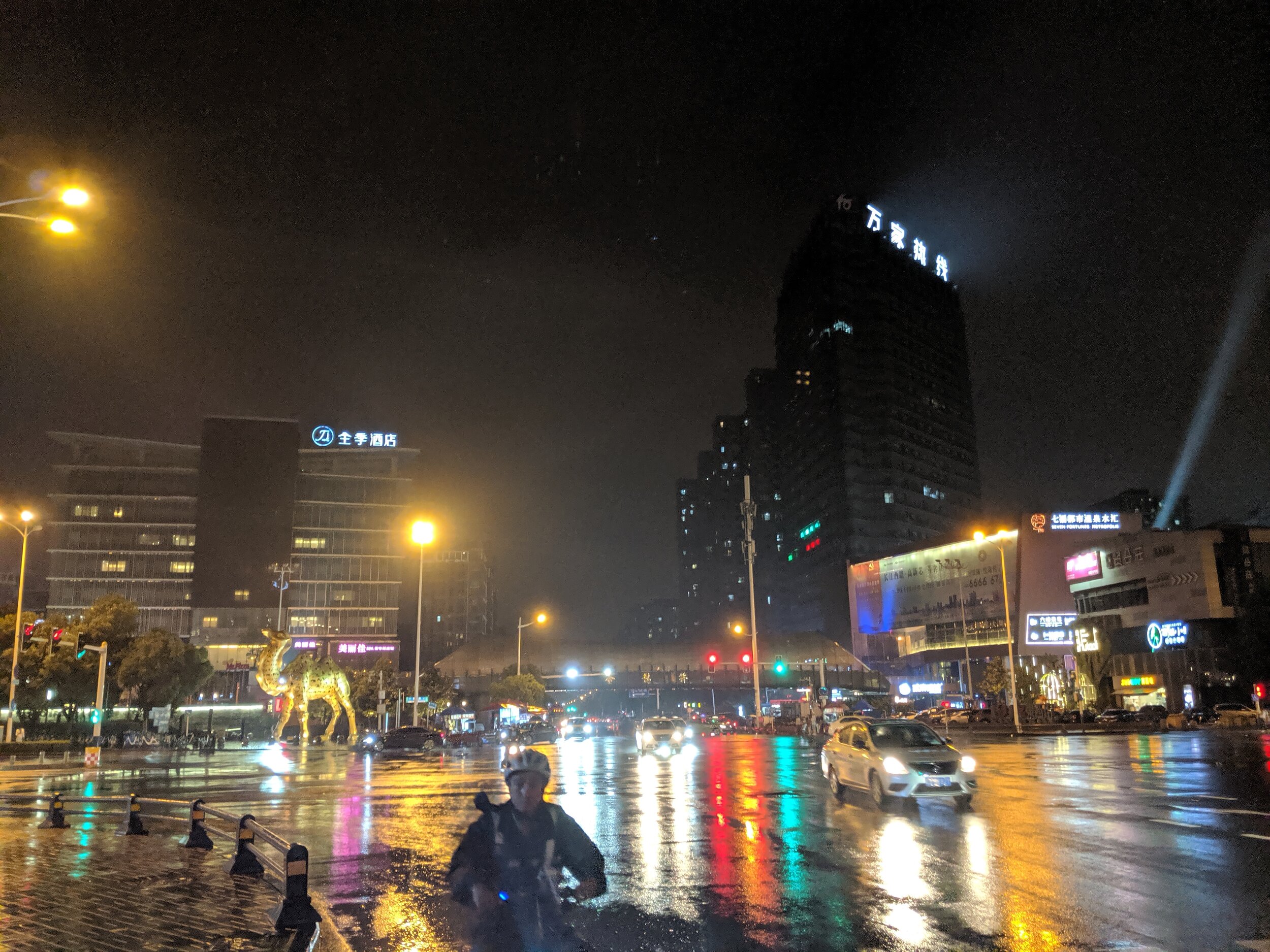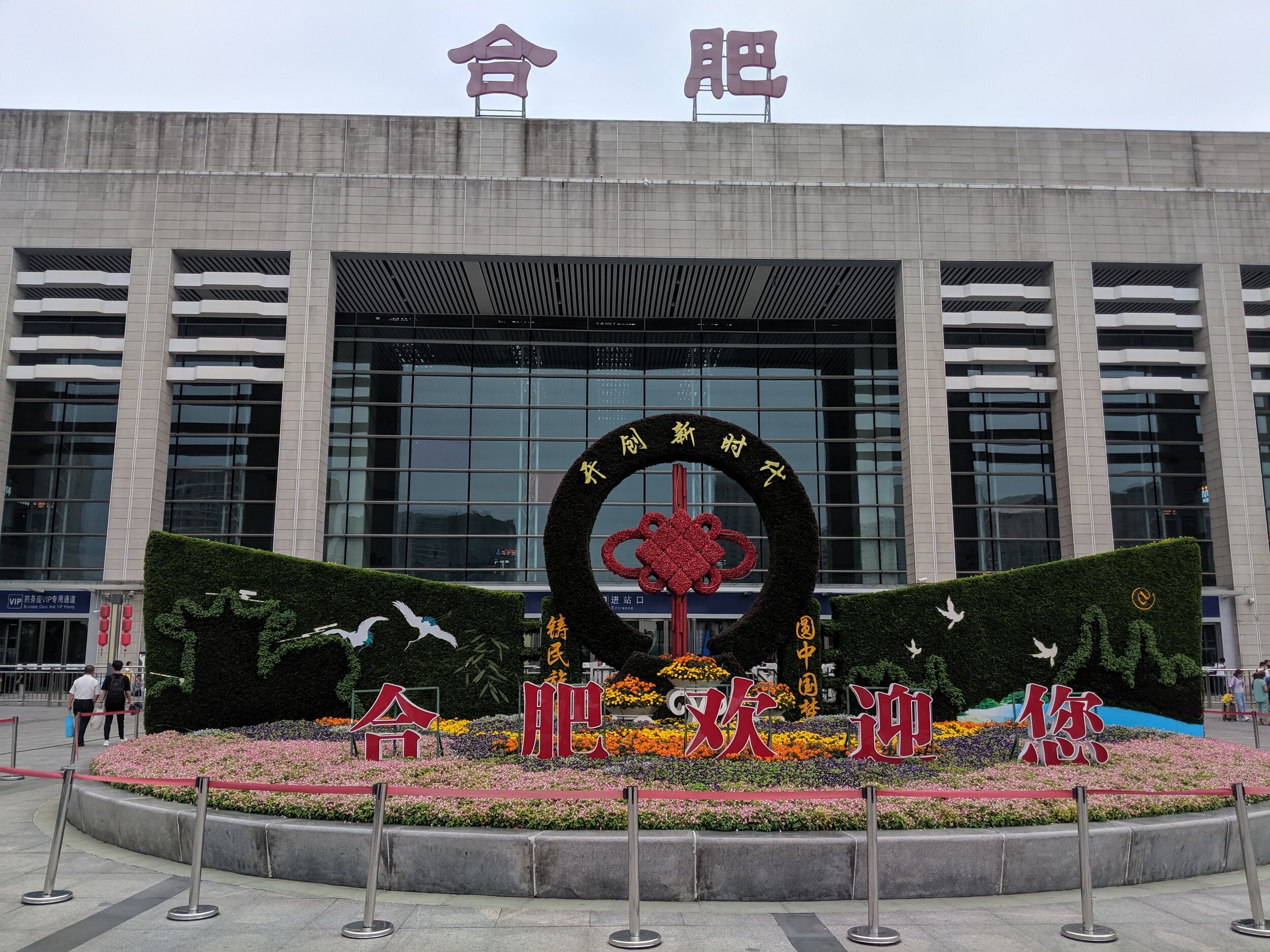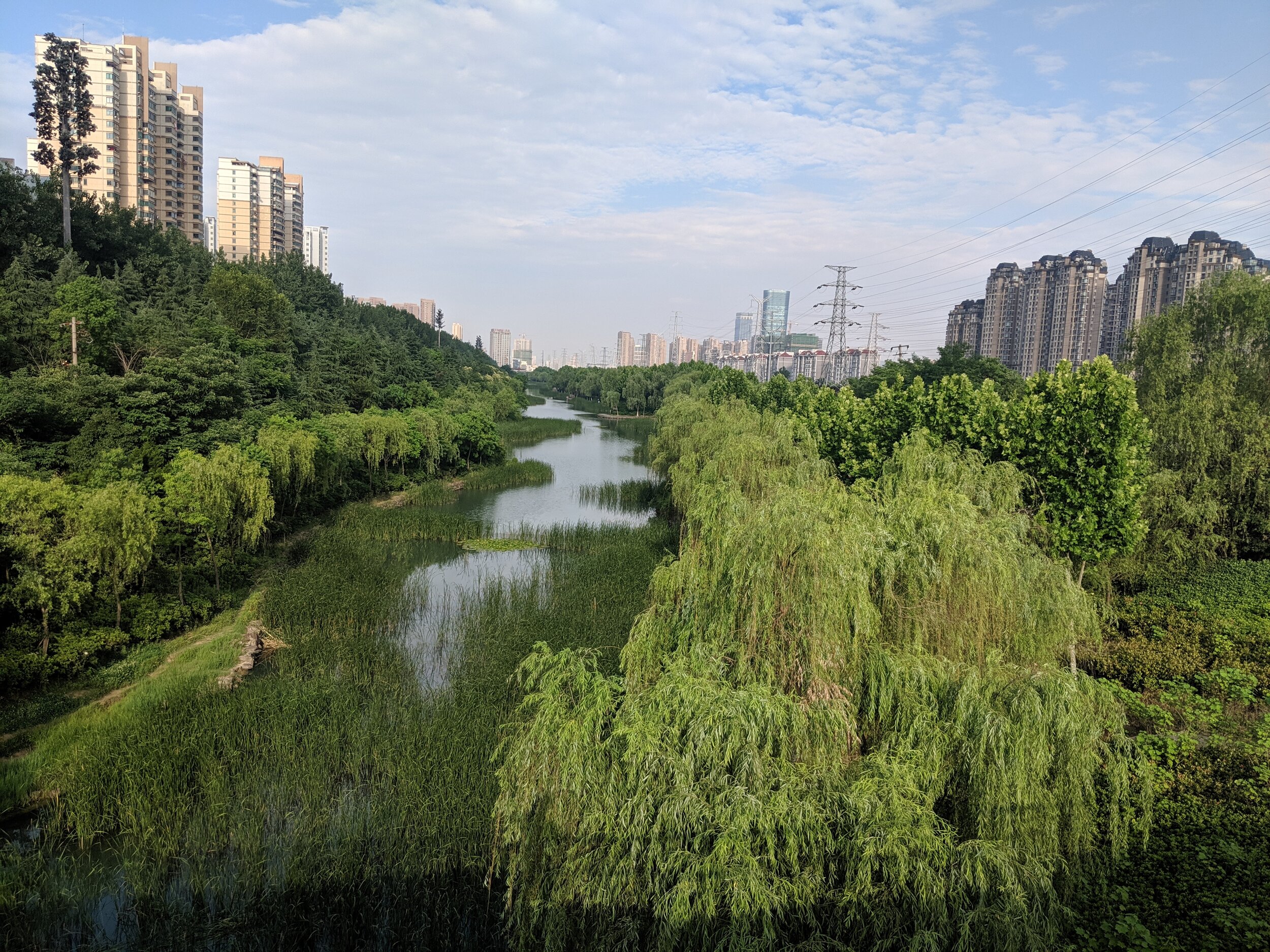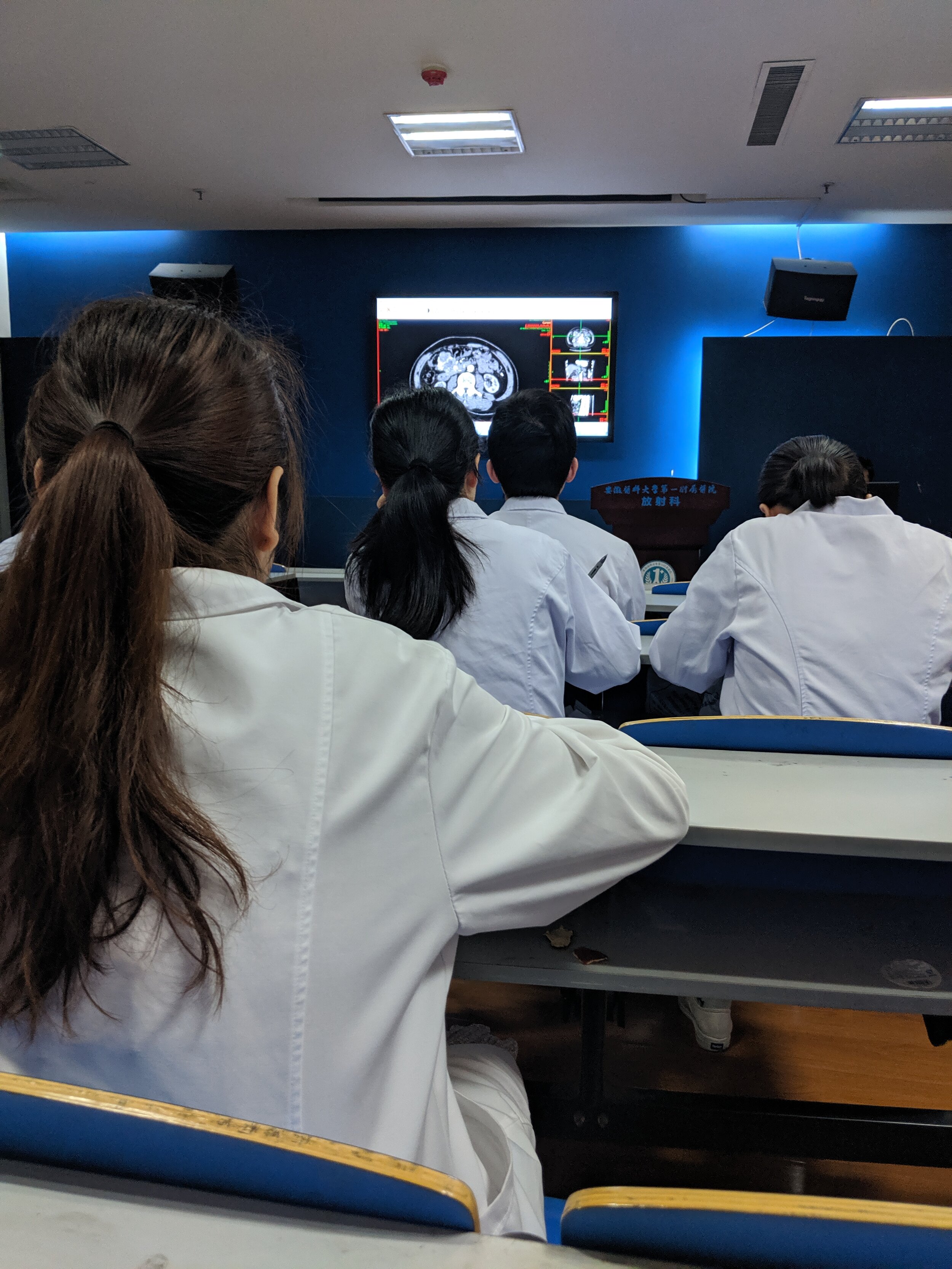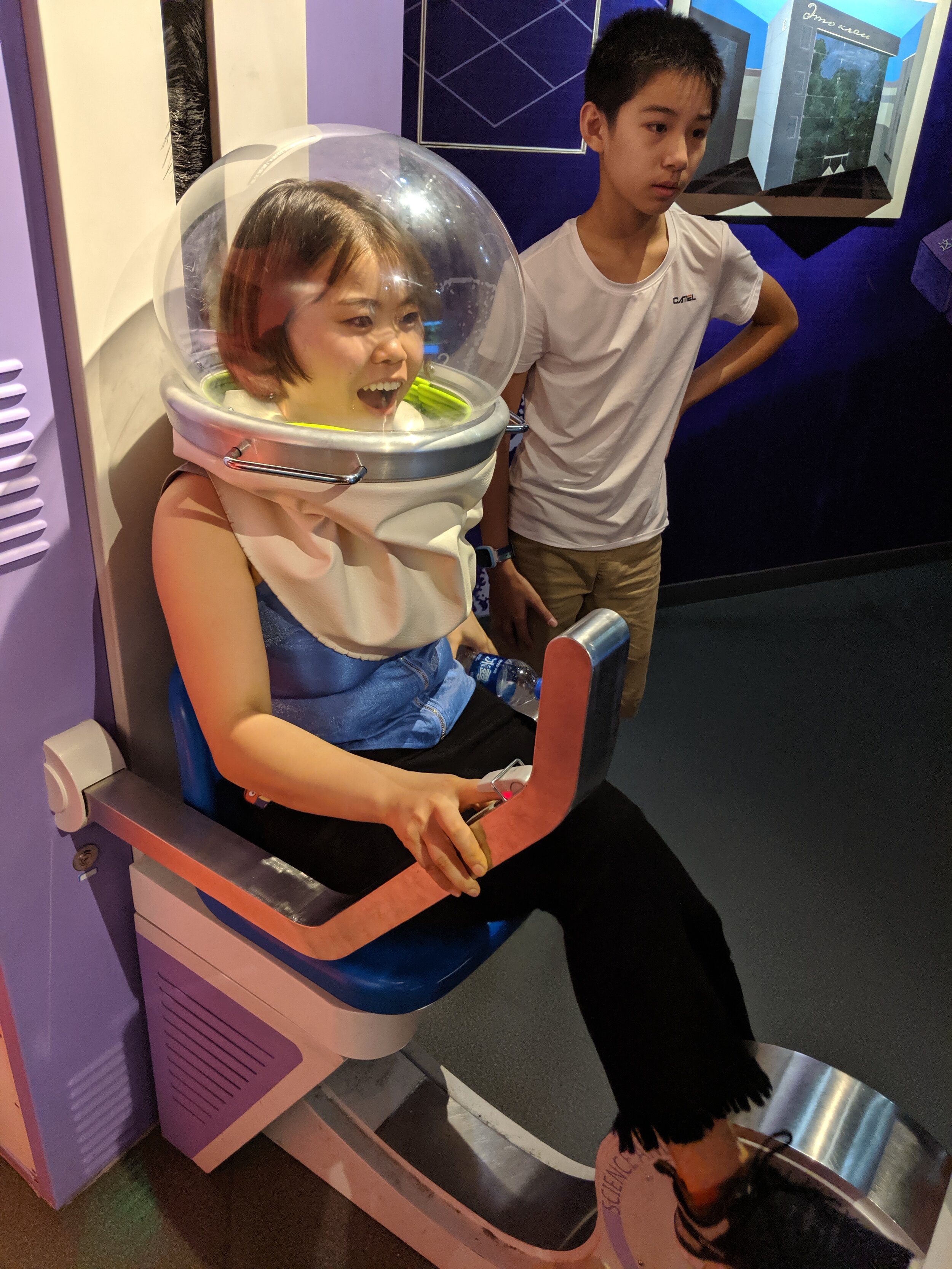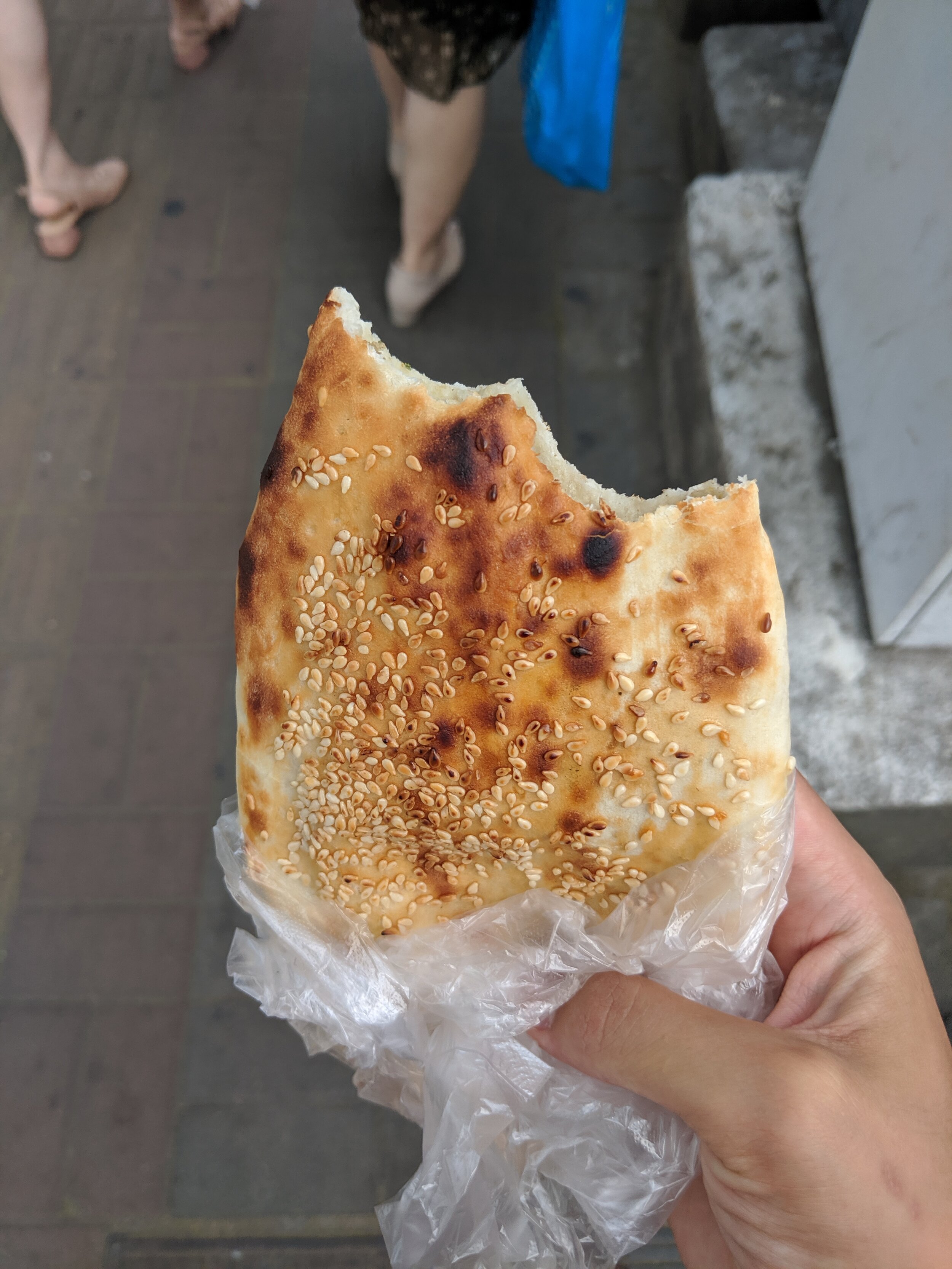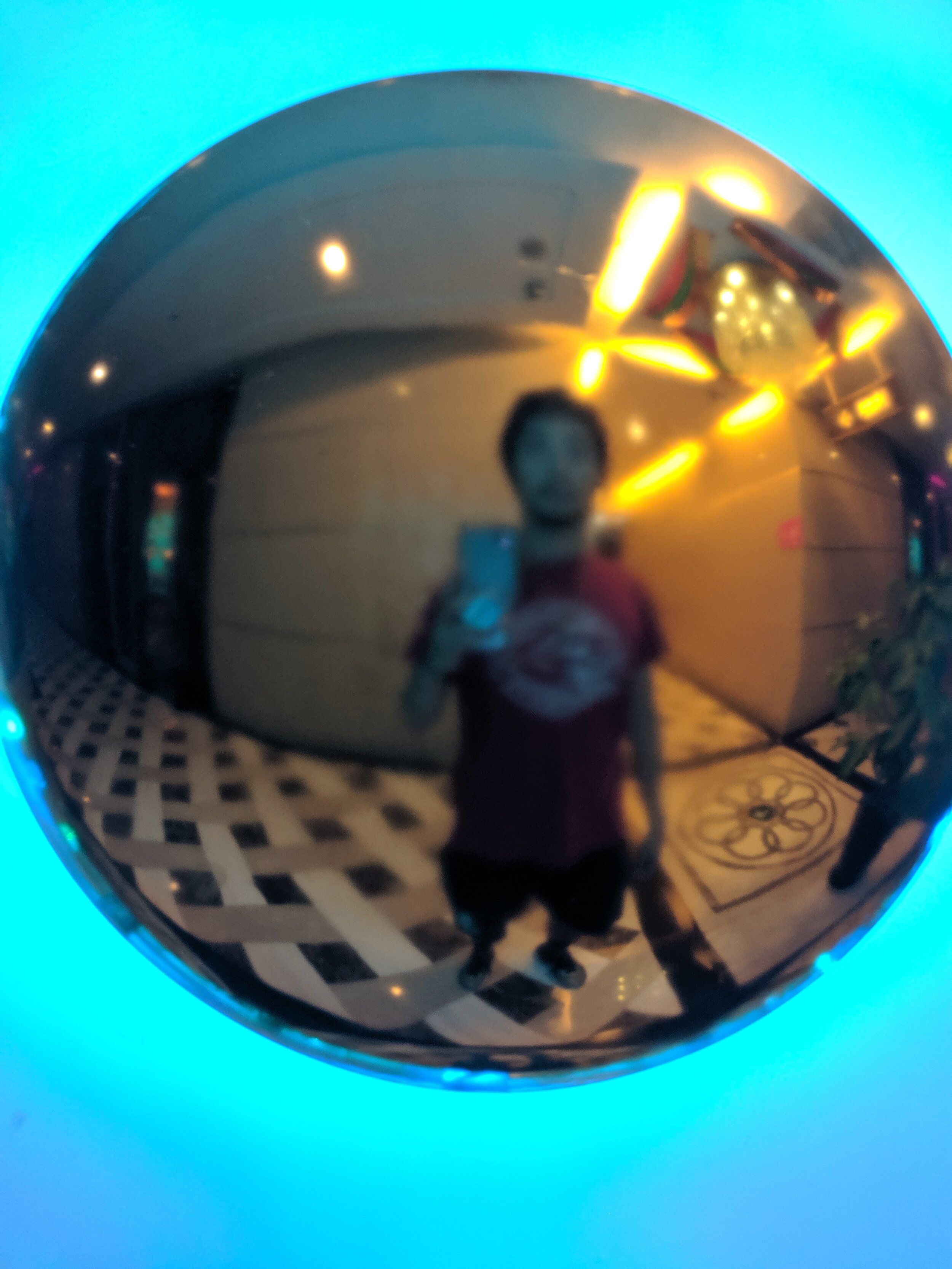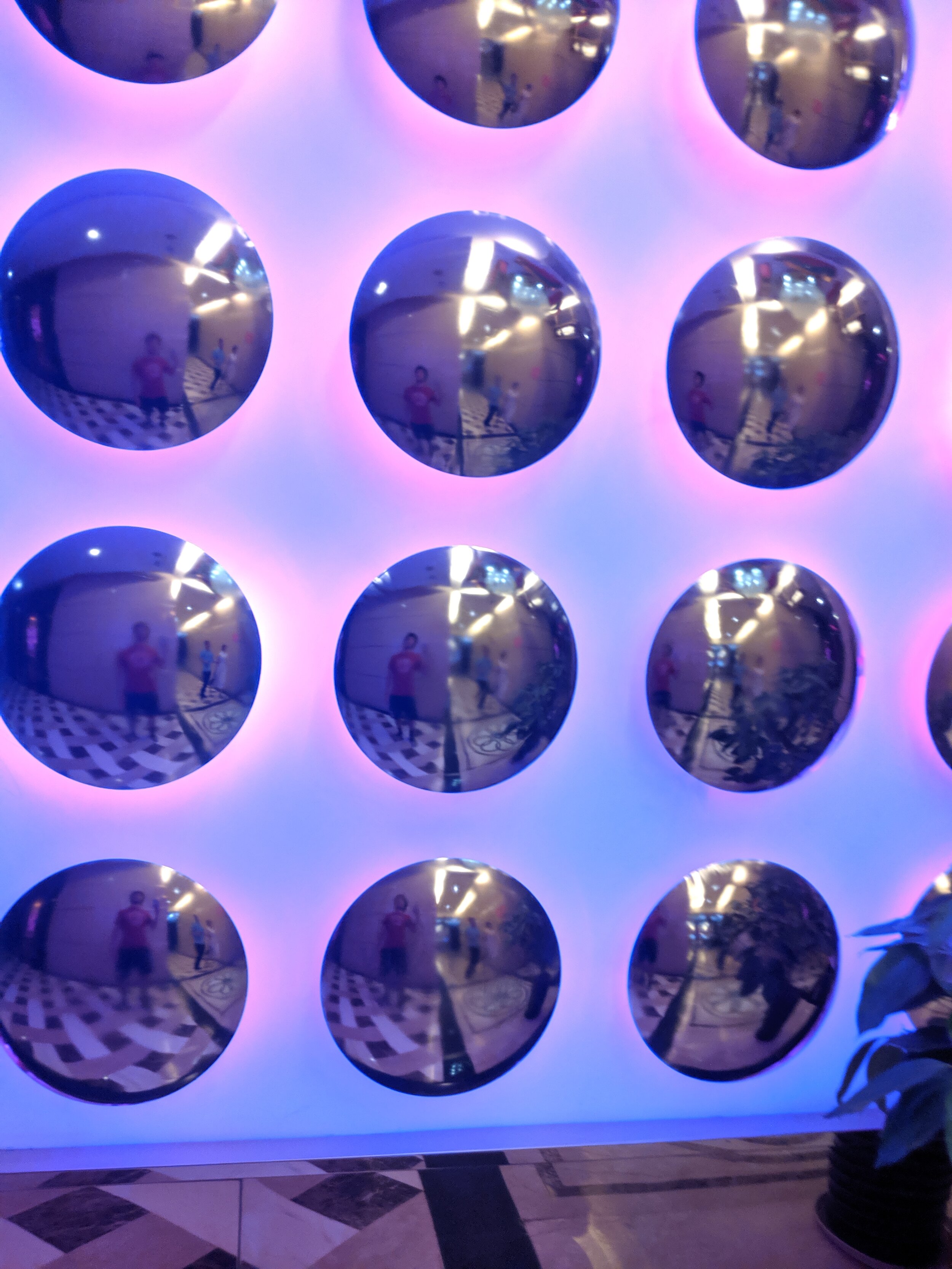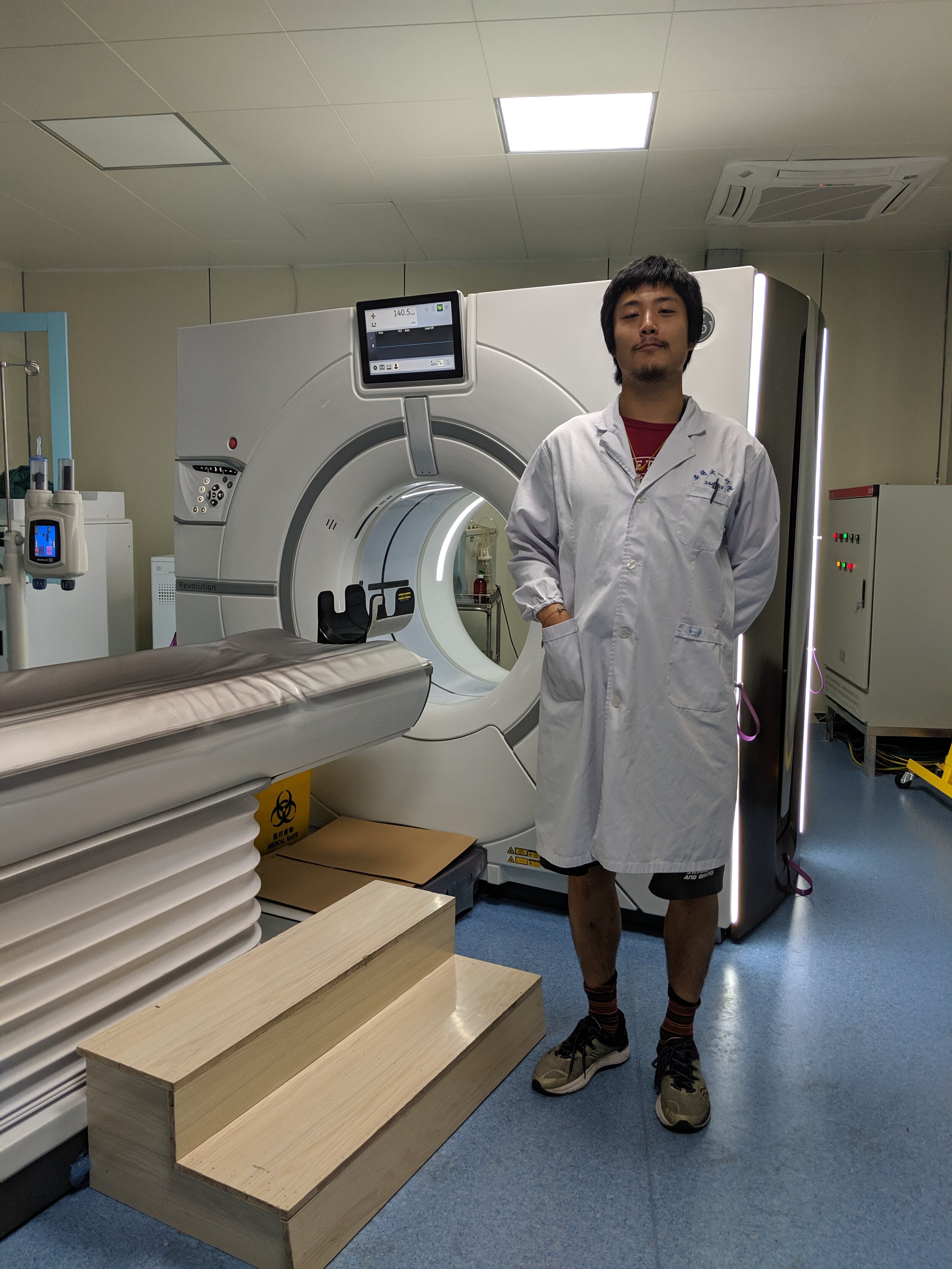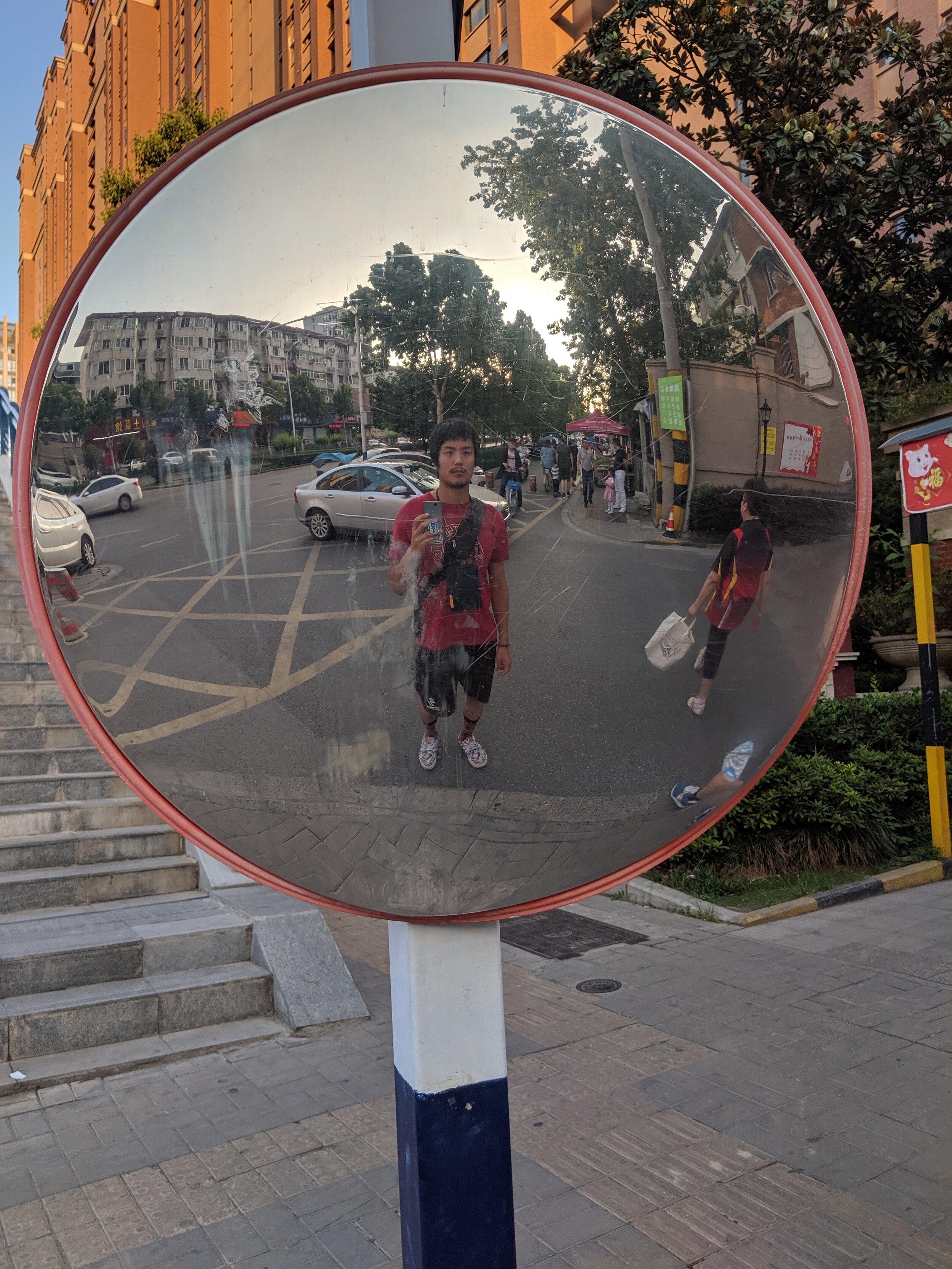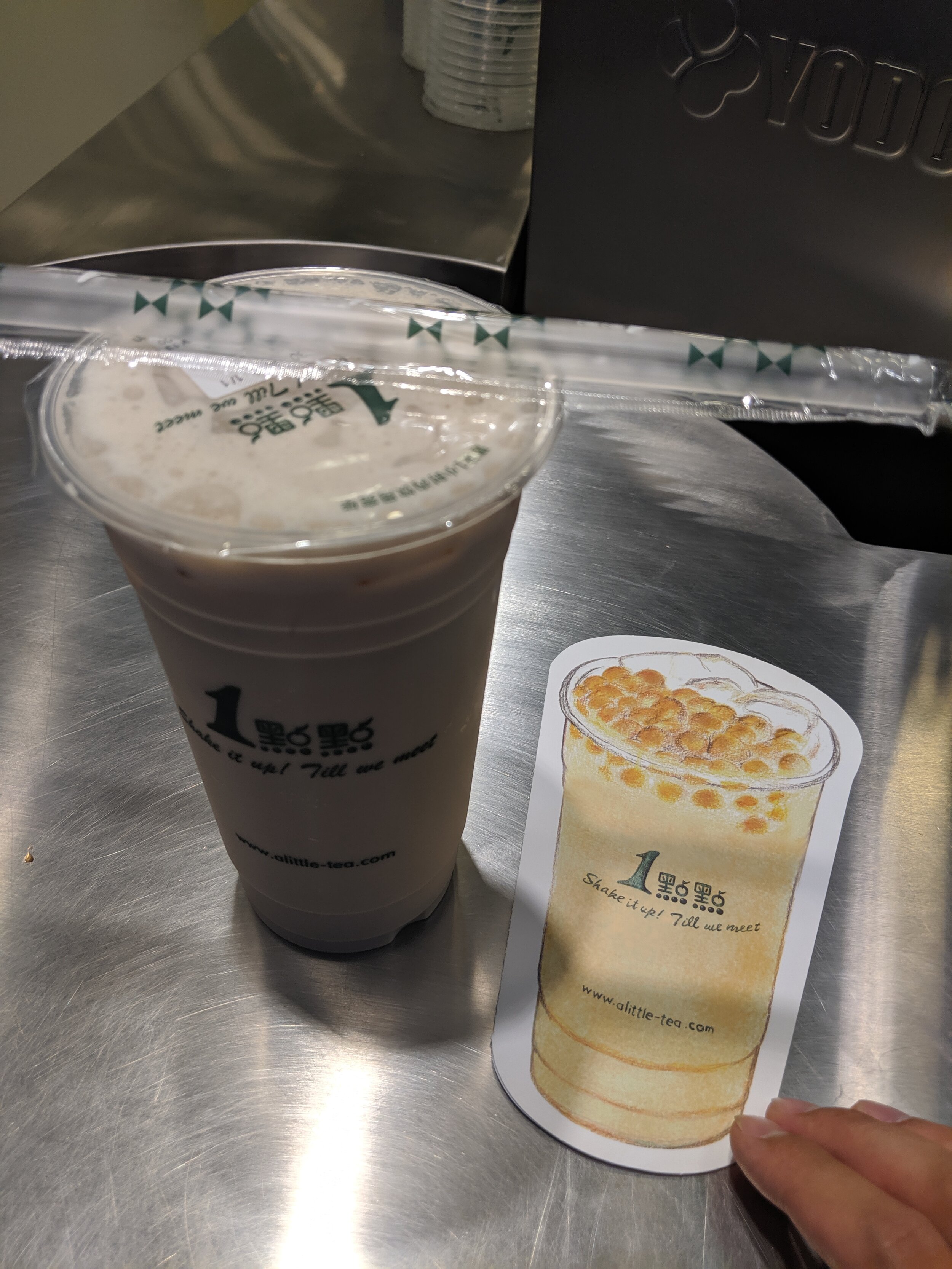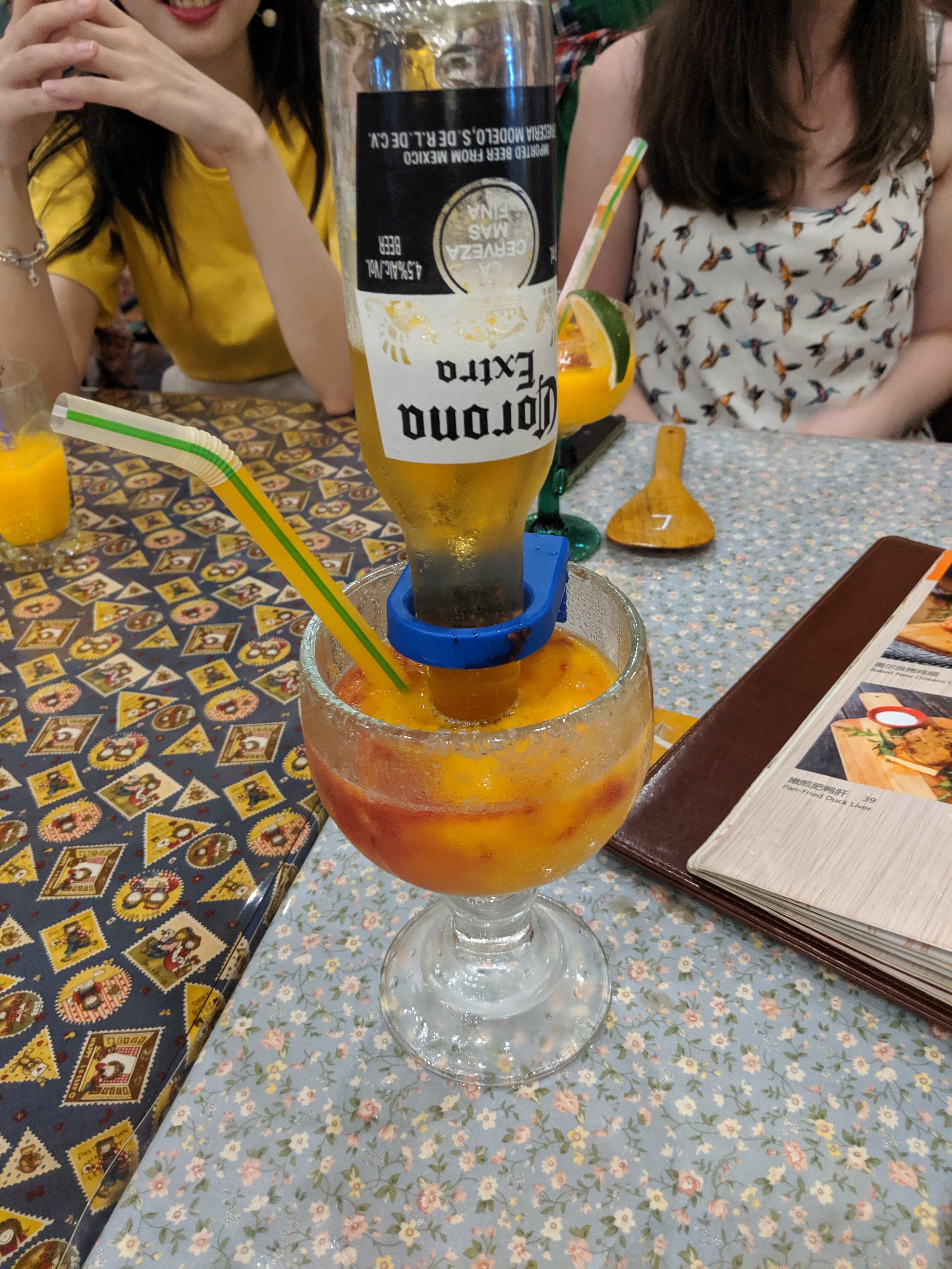Radiology
In the continued weird collection of adventures that I call travel, today I spent the morning volunteering in the radiology department of the Hefei First International Hospital, under the invitation and care of my friend Dorothy who was a second year medical student. I don’t know why I accepted the invitation to wake up at 6:45am to go to a hospital to work 4 hours of unpaid labor?
Because it’s the random thing to do of course!
But no seriously, I was grateful for the opportunity; and it’s immensely fun to experience things you’ve never done before. Plus travel is all about getting new perspectives and I had never seen much of an radiology department and nothing of the Chinese healthcare system so I actually relished the opportunity to do something new and different.
The first thing you notice, as with all of China, is the people. Hospitals are crowded. Like way more than any US hospital. It’s not only patients; nearly everyone has at least one family member with them and older ones have two or more. Some wheelchairs are assisted by entire flocks of loved ones, from young children to multiple caring relatives. Everyone is yapping loudly, hurrying to and fro, waving down attendants for attention. But unlike most Chinese places; there is a definite organized chaos here.
See; Chinese healthcare isn’t exactly free. The government subsidizes it and literally nothing on the entire planet comes even close to the ineffective, overburdened, and financially jaw breaking ridicule that is US medical system. But relative to the cost of living, it’s pretty expensive. A visit and scan costs about 2000 yen, less than $300.
At Hefei; there isn’t time to dally with extra testing. No one needs to fish for money by ordering redundant medical supplies or bargaining with insurers. Instead it works like a well-oiled machine. Radiology is meant to see as many patients as it can. A single MRI aims for about 100 scans this morning. There are 4 active MRI rooms. I arrive at 8am for the morning meeting/lecture. The day has already started over an hour ago.
The online system is very advanced, and with a scan of the patient bar code; the entire file is populated. The scans are selected and taken from all angles and are moved on to processing for impressive 3D models and analysis by other medical staff. Nurses deliver more forms to us in the order they arrive and the waiting room is right outside the MRI room, filled with patiently [and not so patiently] waiting Chinese people.
There’s lots of old people. They need help getting in and out of the flat bed.
There’s one little girl, sobbing to both her parents, desperate to not have another needle stuck in her arm.
There’s plenty of workmen; confused if they have to remove their rope belts.
But they all listen intently to the attendant’s orders; even if occasionally he has to shoo the group who “is just wondering if they can go first.” Or the older people who don’t quite understand number queues yet; and shuffle in when the door opens, after waiting diligently by the door for their turn next.
I’m still impressed by the efficiency. We easily move through a patient in 10 minutes; the scans are effective and even to a layman, distinguishable. Nothing like the blurry xrays of our past. I can see 3 different directions of slicing; from bone marrow to lung cysts; with clean edges.
The 3D models are even more impressive. The 88 year old has major calcification over his arteries and they are clearly marked after the students work. With a click, you can be anywhere in the man’s body, and see anything from any angle. It’s incredible technology that boggles the mind. Peering, flawlessly, into a human body.
The rest of the hospital I see, mirrors the radiology department. It’s very crowded and made worse by the plethora of families. But it is clean and orderly and the number of people treated and treated well is impressive.
We finished the shift by walking through more of the campus, including the physical injury ward and surgery recovery ward. Everyone is eating lunch, lots of people have family members eating with them. Few if any are alone. All the bandages look clean and well maintained.
We get our lunch at the cafeteria, where hundreds of students and faculty are moving through the lines. We get veggies and chicken and rice. The variety of food is astonishing, from noodle bars to bubble tea to entrees. But the quality is just about the same as cafeterias anywhere. Passable but not good.
Over our trays, we talk about travel and goals. How I possibly took such an enormous leap that lead me from a major bank to working in a radiology department in Hefei, China. Dorothy is an excellent listener and her English is so good that we are able to converse very fluently.
We end the day with going to the nearby science museum. It’s definitely more aimed towards a kid audience but we enjoy playing with the exhibits anyway. Strength pulls. Reflex exercises. Puzzles.
Dorothy returns to work. I end up taking a nap on the fourth floor, exhausted from day.
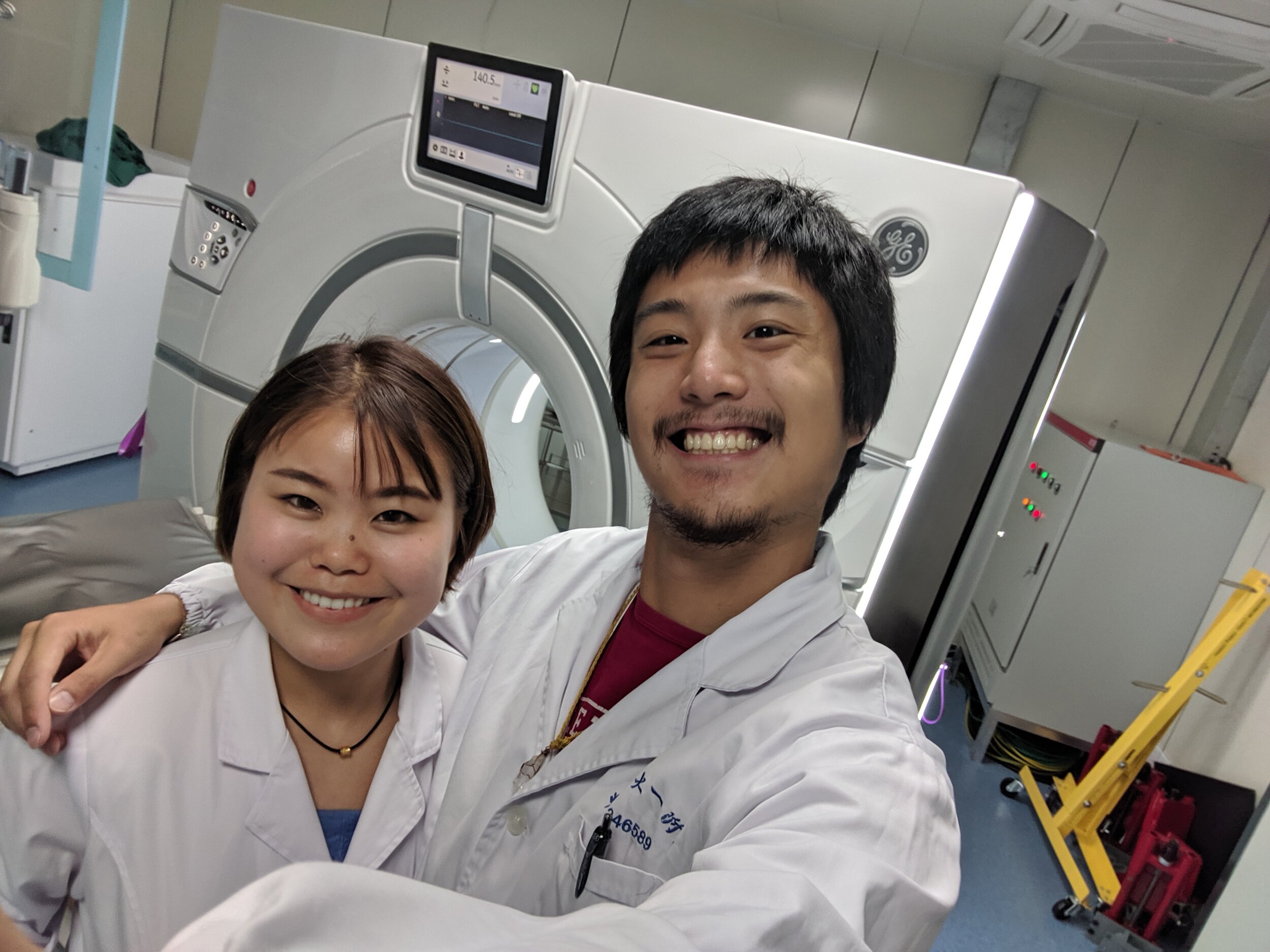

I am always grateful to my travel friends for helping get into the most amazing things. I still don’t know where or how or what all of these things are building towards. Maybe in part, I don’t actually have to build on it. Maybe these experiences can just be solidified in amber; jeweled exactly for what they are. But also maybe all these jewels will be part of a theatre of splendor. Something grand that I haven’t thought of yet, but is imminently awaiting all my timelines.
Maybe. Maybe not. Maybe I’m still a Slytherin; suffering delusions of self-importance. Who knows? And who cares?
It’s all part of the journey and I’m still in the midst of it.
Wishing you all Safe Travels,
Winston
